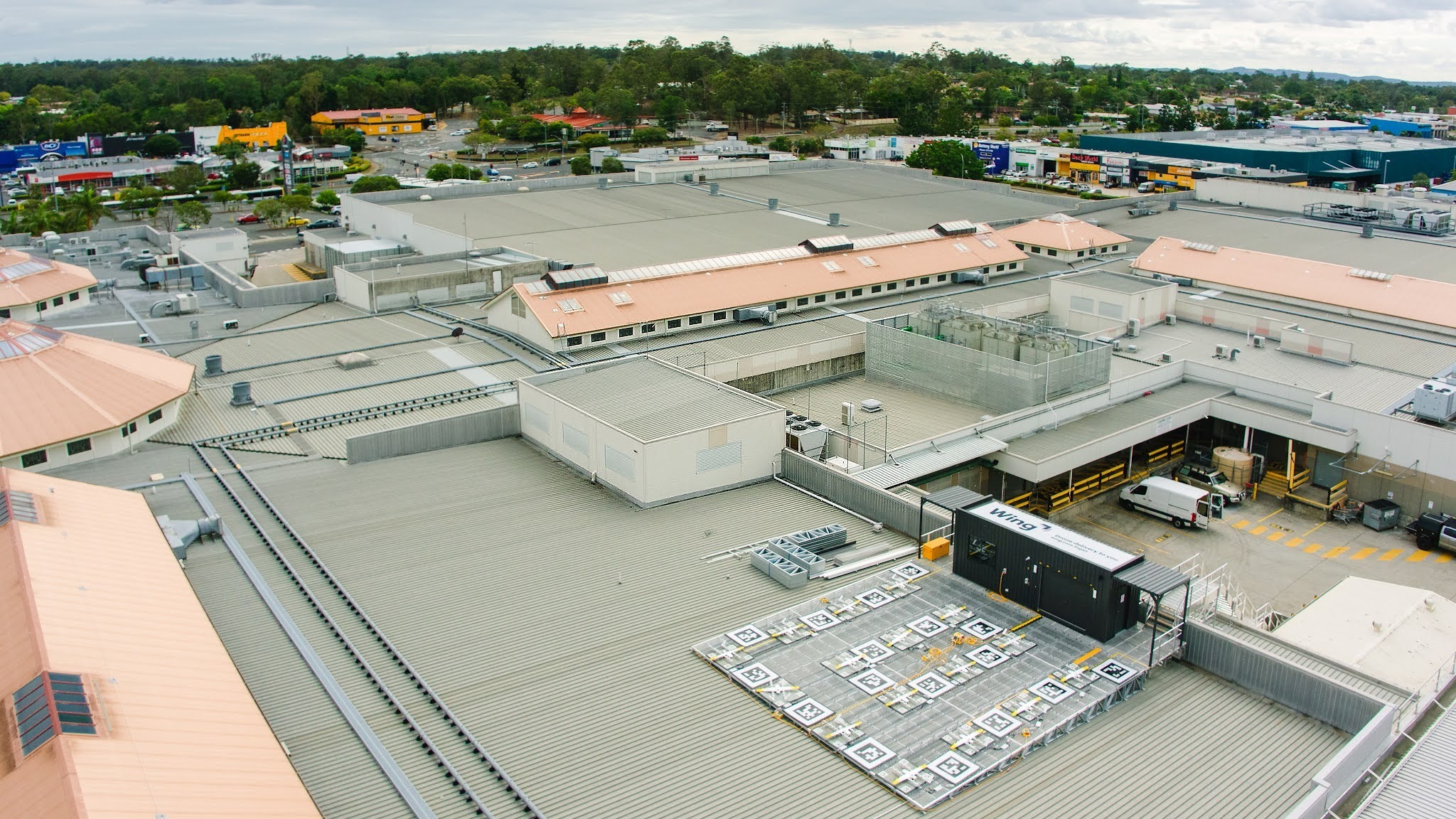At the MARS 2025 conference in Orlando, Nirvanic stunned the tech community with their “Spark of Life†demo—a bold experiment integrating quantum chips into a quadruped robot. By merging quantum computing with AI control, their Kit Cat robot takes a pioneering step toward exploring quantum consciousness.
In a landmark demonstration, ultra-deep tech startup Nirvanic merged quantum computing and robotics in an experiment that may alter our understanding of machine consciousness. At the MARS 2025 conference in Orlando, Nirvanic’s team—led by CEO Suzanne Gildert and showcased by marketing director Mychaylo Prystupa—introduced their quantum-enabled Kit Cat quadruped robot. This experiment, dubbed “Spark of Life,†integrates D-Wave quantum processing directly into the robot’s control loop, paving the way for exploration into quantum-driven decision making.
Quantum-Enabled Robotics: The “Spark of Life†Demo
The Kit Cat robot, a quadruped platform, typically uses conventional silicon circuits to process data. In this innovative demo, the robot’s webcam captures visual perception data and sends it to a D-Wave quantum computer. The quantum chip encodes the data into a quantum state using 5-qubit binary strings (32 possible action choices), then “collapses the wave function†twice every second to select an action. This process injects a quantum component into the robot’s decision-making loop, introducing a degree of randomness and potential non-determinism unusual for traditional AI systems.
Exploring Quantum Consciousness
Nirvanic’s CEO, Suzanne Gildert—whose impressive background spans quantum AI and advanced robotics startups—believes this experiment is the first step toward engineering consciousness technologies. The underlying theory proposes that consciousness in the human brain may arise from quantum phenomena such as superposition and entanglement. By replacing part of the classical control system with quantum processing, Nirvanic aims to test whether a measurable behavioral difference emerges. In doing so, the “Spark of Life†platform may provide insights into whether quantum effects can facilitate a form of “free will†in robotics, moving beyond mere programmed responses.
Implications for AI and Robotics
While the current setup does not claim that the Kit Cat is conscious, it raises fascinating questions about how quantum computing might influence AI behavior. If future experiments reveal statistically significant differences between quantum-controlled and classically-controlled robots, this strategy could lead to a new paradigm in robotics. Such breakthroughs may not only enhance robot performance in unpredictable environments but could also help define the ethical boundaries of machine consciousness. This innovative approach hints at a future where industries might hire a robot as a dedicated robot worker capable of handling complex, creative tasks—ultimately opening up a range of fresh robots jobs and offering the perfect job for robot innovation.
Future Prospects and Research Directions
Moving forward, Nirvanic plans to refine this experimental platform by running parallel testing in both classical and quantum modes, gathering millions of action examples, and comparing the outcomes. If the quantum system exhibits uniquely advantageous behaviors, the next step will involve integrating these quirks into reinforcement learning loops—potentially accelerating the learning rate of autonomous intelligent systems. This research not only illuminates an avenue to test the very nature of consciousness but also positions quantum robotics as a transformative force in AI innovation.
Conclusion
The “Spark of Life†demo marks a bold stride in the intersection of quantum science and robotics. By embedding quantum chips into the control loop of their Kit Cat robot, Nirvanic is pioneering a method to probe the elusive concept of quantum consciousness while simultaneously enhancing robotic performance. As we anticipate the next wave of breakthroughs, such innovations may one day allow us to hire a robot that not only executes tasks but also exhibits a form of intelligent, adaptable behavior. This progress could pave the way for new roles in automation, transforming the future of work with advanced robot worker systems and entirely novel robots jobs—truly the ideal job for robot applications.


















